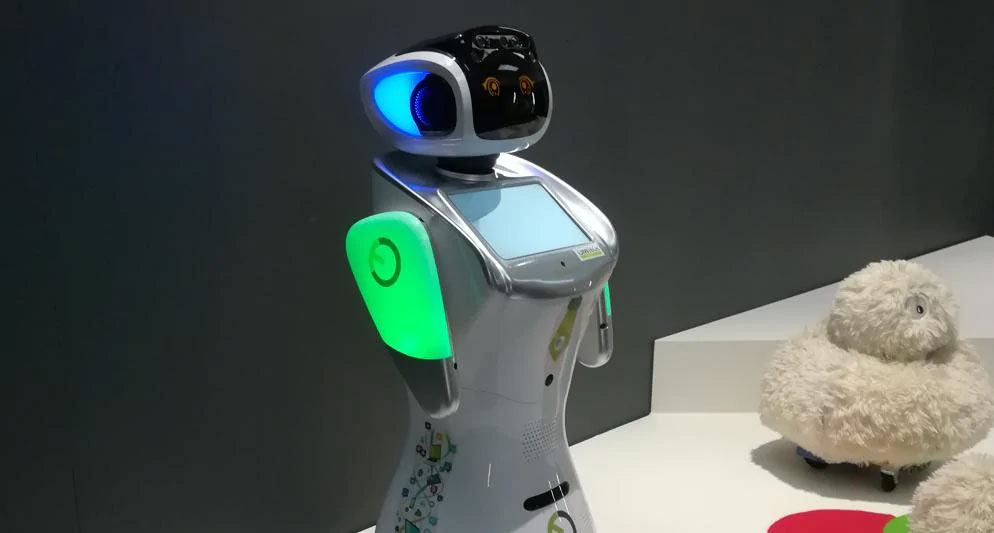“In every century people have thought they understood the universe at last, and in every century they were proved to be wrong. It follows that the one thing we can say about our modern knowledge is that it is wrong.”
Isaac Asimov, robotics, but not only: this year marks the centenary of the birth of the great novelist, scientist and prolific popularizer. Especially remembered as the writer who, more than any other, has brought science fiction into literature, he has also developed many intuitions, still considered a cornerstone for the progress of artificial intelligence and interactions between man and machine.
Isaac Asimov: life story
Isaac Asimov was born in Petroviči, a village in current Russia, with the name Isaak Judovič Azimov. At the age of 3, he emigrated with his family, of Jewish origin, to the United States, settling in Brooklyn, New York. Young Isaac began to become passionate about science fiction when he started reading the magazines that he found in the general store run by his father. Excellent student, he started to write his first short stories at the age of 11; one of the stories was published in the school newspaper of the high school he attended. After graduating in chemistry and a few years later also in philosophy, Asimov alternated for some time the activities of teacher and novelist. In the 40s, he wrote several short stories, while his first novel, Pebble in the Sky, was published in 1950; in the following years, the famous Foundation trilogy, which was then resumed in the 80s, becoming the Foundations series, a saga consisting of seven books. Thanks to the great success of his works, Asimov abandoned his academic activity at the end of the 50s, to dedicate himself to full-time writing: Asimov’s bibliography is very rich, including about 500 volumes. From that moment on, educational activity occupied most of Asimov’s time: his essays range from biology to chemistry, from astronomy to physics. Isaac Asimov died of AIDS on 6 April 1992: he was infected with HIV virus during a blood transfusion in 1983; he had to undergo surgery for a heart bypass operation. To avoid a scandal and the stigma that affected the disease in those years, the cause of death was revealed only ten years later, in the biography written by the second wife, Janet.
Isaac Asimov and robotics
Asimov, since he was a kid, read many stories about robots, and he distinguished two different types of robots: on one hand, there are “threatening robots”, that is those robots which rebelled against humans and felt resentment, on the other hand there are “pathetic-style robots”, that is good and silly robots, easily deceived. Asimov was more interested in the second type of robots and, during the writing of a short story, he invented a third type: a robot neither threatening nor pathetic, but a simple machine at the service of men. This is how positronic robots were born and they revolutionized the history of science fiction: a positronic robot is a robot with a positronic brain, the concretization of artificial intelligence, and which follows the Three Laws of Robotics. In Asimov’s narrative, positronic robots are born with the purpose of helping humans and they aren’t a threat: they’re usually humanoids and they are able to learn and to make choices and actions independently.
The Three Laws of Robotics are introduced in the 1941 short story Liar!, which is part of I, robot collection, where the term “robotics” is used for the first time on print media. In this collection, it is possible to have an overview of Asimov’s mindset about robotics, from interaction between man and machine to the relation between robots and morals: Asimov was able to predict robotics’ employment in contemporary times, as well as the importance of this discipline.
We at Omitech Robot have started experimenting in robotics following an intuition: social robotics may be a useful tool for business. If you have an innovative idea but you can’t give it shape, contact us for a personalized solution.






